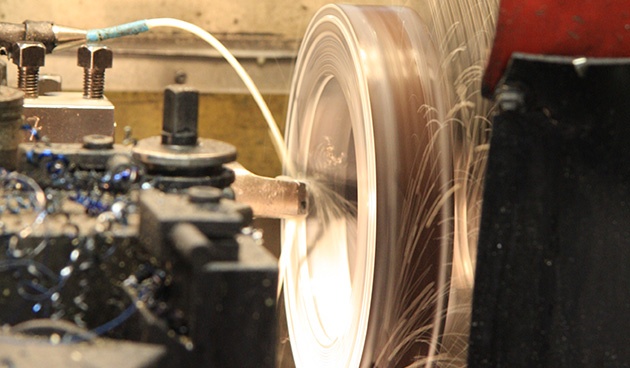This is how you recycle process fluid

Are you considering recycling process fluid? Perhaps because you have seen an opportunity to increase the profit margin while fulfilling environmental goals. Here are seven things to keep in mind!
It is fully possible to use consumed process fluid and re-insert it into production. There are many gains with this, both economic and environmental. But it is important that you know how to do it properly.
Emulsions / synthetic fluids
The basic rule is that both emulsions and synthetic fluids can be recycled. The actual filtration can succeed better with a synthetic fluid as it is free from emulsifiers and thus separates leak oil better. A synthetic can also be easier to fine-filter and settle. On the other hand, synthetic fluids have a more sensitive corrosion protection package.
What do you need?
The nature of the production and the materials that are being processed greatly affect the equipment to be used. Common to most productions is that the following is required for safe recovery:
- Particle filtration equipment for organic and inorganic particles.
- Leak oil separation.
- Addition of fresh concentrate.
- Microbial control.
- Methodology and use of analyzes.
What should you think about?
- The result depends on the quality of the fluid. Measure pH and concentration levels continuously before recycling. Look at the fluid quality, set limit values and decide when the fluid is too bad and must be sent on destruction.
- Everyone at the work place should be aware of how the recycling works. How they handle the fluid in their own machine affects the quality of the recycled liquid to the entire machine park.
- Select a responsible person or group for the recycling system and process. Make a schedule for replacement and cleaning in the machines and also set up procedures for when the liquid should come to the recycling system so that it does not stay in the bucket for a long time.
- Water quality is important, as process fluid consists of 90-95 percent water. Fill with deionized water to avoid storage of salts and chloride ions. Threshold for chlorine content is max 100 ppm.
- Usually, add at least 50 percent of new concentrate in the liquid that are to be sent to the machines, but it may differ between different liquids.
- Involve your process fluid supplier in the recycling and get help with analysis, additive and risk analysis regarding, for example, chloride content, pH, buffering capacity, corrosion and fungicidal content. Do not reuse the liquid if it is beyond the supplier's recommendations.
- Eliminate the risk of incorrect fluid entering the machines. Do not recycle liquids contaminated with wash water or other undesirable contamination.
Keep track of the bacteria
As always, keeping the bacteria at a constant low level ensures the quality of the liquid over time. Read more in our e-book.
(JÖ)


Comment